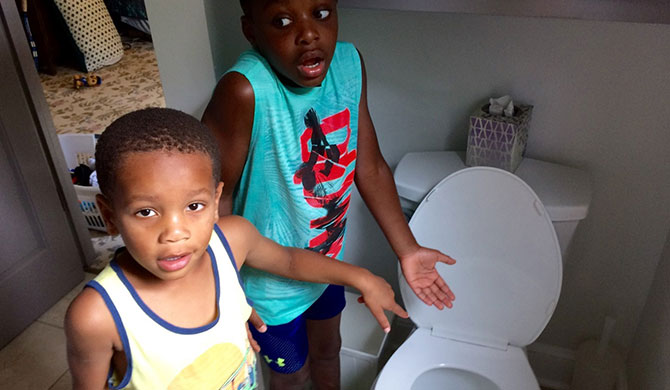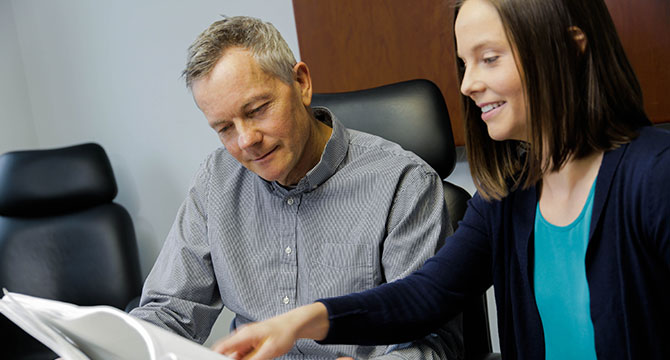What happens when you flush the toilet? Does the waste disappear? Does it disintegrate in the pipes? Where does the water come from that fills the toilet and flows from our sinks? Does the wastewater get shot into outer space? Even if you aren’t
a water engineer or environmentalist, you probably know none of those scenarios are true. If you live in the modern world or a developed country, then flushing directs your waste to a treatment plant by way of underground sewer systems and a web of
pipes and pumps that have been carefully engineered and designed to get the waste where it needs to go. Once it’s there, the waste undergoes physical and biological treatment processes that remove pollutants, making it safe for discharge to
the environment, usually a receiving stream or river. This same stream or river flows downstream and often becomes the source of raw water that must be treated for public use and consumption. Prioritizing the protection of our streams and the health
of our children makes it imperative that we properly design facilities to treat our water and wastewater.

My two boys are learning a lot early in life about the life cycle of water. I use this image often when I’m speaking to organizations about what happens to their water once it’s flushed.
Thousands of Dollars Spent on Bottled Water
Many folks are unaware of the intensive measures that municipalities go to in order to reliably produce the safe drinking water that’s available in your kitchen or bathroom faucet. Because
of this, many families spend thousands of dollars annually on unnecessary bottled water. A 24-pack of bottled water can cost upwards of $18. If a family of four goes through three of these packages a week, that’s $216 per month and $2500 per
year. Not only is that a lot of money spent, but it’s a lot of unnecessary waste created. According to the
International Bottled Water Association (IBWA), 13,710,500 gallons of bottled water were consumed in the U.S. in 2017, that’s a 7.1 percent jump from 2012. Globally, 99,555,600 gallons of bottled water were consumed in 2017. Not only is this a waste of money, but given that only a
portion of the plastic bottles used for bottled water are being reused or recycled, we are filling up our landfills and contributing to plastic litter, which is washing into our streams, rivers, and oceans.

Treatment Made Possible for All Types of Affected Water
I’ve spent some time over the last few years speaking to organizations in an effort to spread awareness about how facilities are used to treat our water and wastewater and their
effectiveness in protecting our environment and health. When news broke of an ash spill into a river that serves as the water supply for nearby communities, a large number of citizens immediately switched over to drinking bottled water. Now almost
five years later and with numerous professionals confirming the safety of the drinking water, there remains a stigma that is preventing customers from drinking from the tap. The truth is, while some pollutants can be problematic to treat, operational
practices and technologies now being employed are extremely effective in stopping toxic pollutants from reaching our streams and ending up in the glass of water we serve our children. With these technologies in place, the biggest challenge we now
seem to be facing is how to change public perception and get customers to head back to the tap for their drinking water.

We recently wrapped up an expansion at a wastewater treatment plant and performing improvements to the water treatment plant in South Boston, Virginia, in an effort to increase its capacity and improve efficiencies.
Next time you go to pick up a package of bottled water, or buy a bottle from a vending machine, take a step back and consider using water from a faucet instead. If you’re still unsure, think about buying a water filter, or something that is reusable,
affordable, and more environmentally sustainable.

I work closely with a team of engineers across many of our offices to design water and wastewater treatment facilities that serve communities by helping protect their local environment and providing them with clean and safe water.